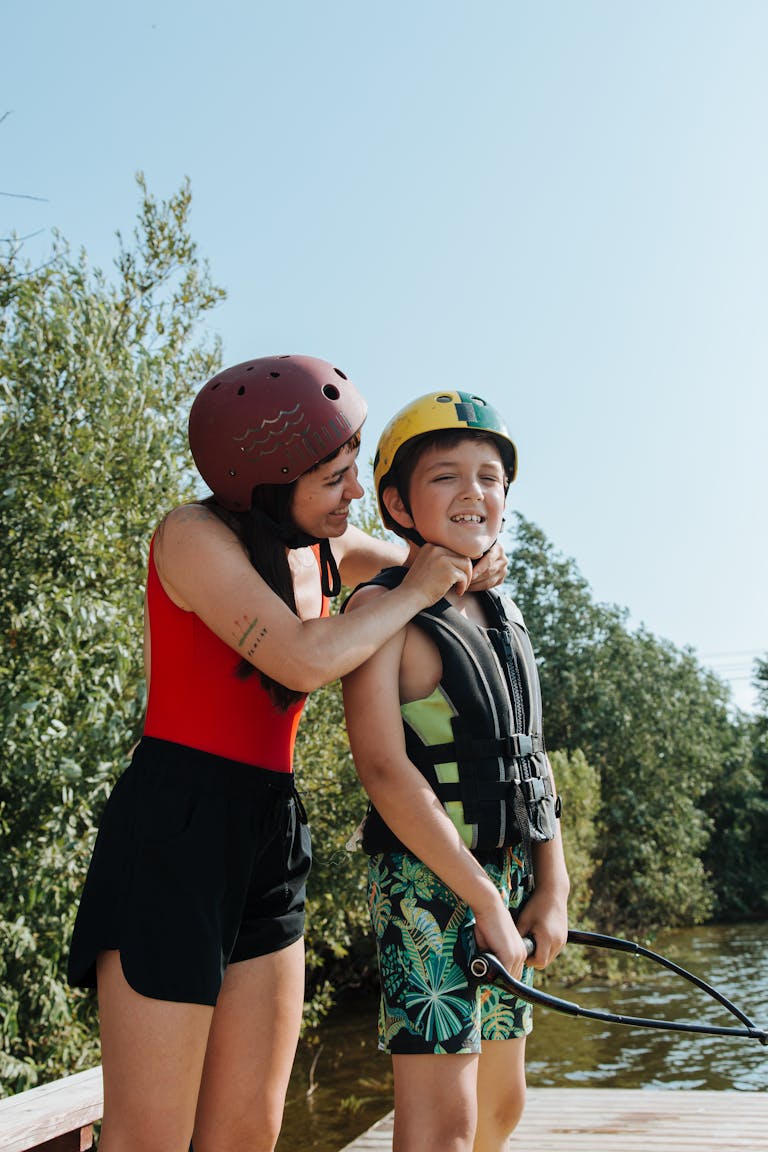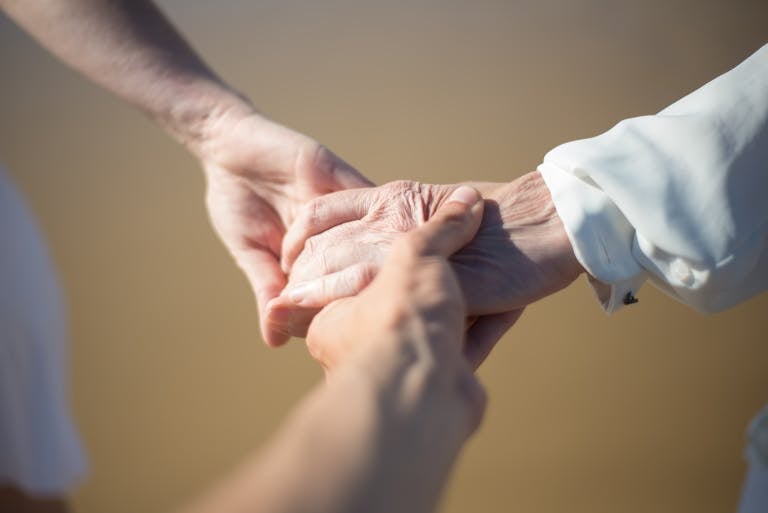Concussion in High School Sports: What Every Parent and Athlete Should Know
Sports are an important part of high school life—building teamwork, discipline, and lifelong fitness habits. But with competitive athletics comes the risk of injury, and one of the most concerning injuries we see is concussion.
A concussion is a type of mild traumatic brain injury (TBI) caused by a bump, blow, or jolt to the head—or even a hit to the body—that causes the brain to move rapidly inside the skull. While it may not always involve loss of consciousness, the effects can be serious if not recognized and managed properly.
Common Symptoms of Concussion
Concussion symptoms can vary from mild to severe, and sometimes appear hours after the injury. Warning signs to watch for include:
- Headache or pressure in the head
- Dizziness or balance problems
- Nausea or vomiting
- Blurred or double vision
- Sensitivity to light or noise
- Trouble concentrating or remembering
- Feeling sluggish, foggy, or confused
- Mood or behavior changes
Red flag symptoms—such as worsening headache, repeated vomiting, slurred speech, seizures, or loss of consciousness—require emergency medical attention.
Why Concussions Are a Concern in Teen Athletes
High school athletes are particularly vulnerable because their brains are still developing. Returning to play too soon increases the risk of Second Impact Syndrome, a rare but potentially life-threatening condition where a second concussion occurs before the first has healed.
Additionally, repeated concussions over time may affect memory, learning, and mental health. That’s why careful evaluation and management are essential.
What To Do if You Suspect a Concussion
- Remove the athlete from play immediately. “When in doubt, sit them out.”
- Seek medical evaluation. A physician will perform a neurological exam and may recommend further testing.
- Rest and gradual return. Physical and cognitive rest is important in the first 24–48 hours. Return-to-play should follow a stepwise, medically guided protocol.
- Monitor symptoms. Keep track of changes over the days following the injury.
Prevention Tips for Parents and Coaches
- Encourage athletes to wear properly fitted helmets and protective gear (though helmets don’t fully prevent concussions).
- Teach safe playing techniques and emphasize sportsmanship.
- Ensure coaches and staff are trained to recognize concussion symptoms.
- Promote a culture of honesty—athletes should feel safe to report symptoms without fear of letting the team down.




